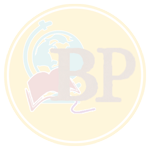Get to Know BP Year Two: Medieval
Click the tabs below to learn more about BP Year Two.
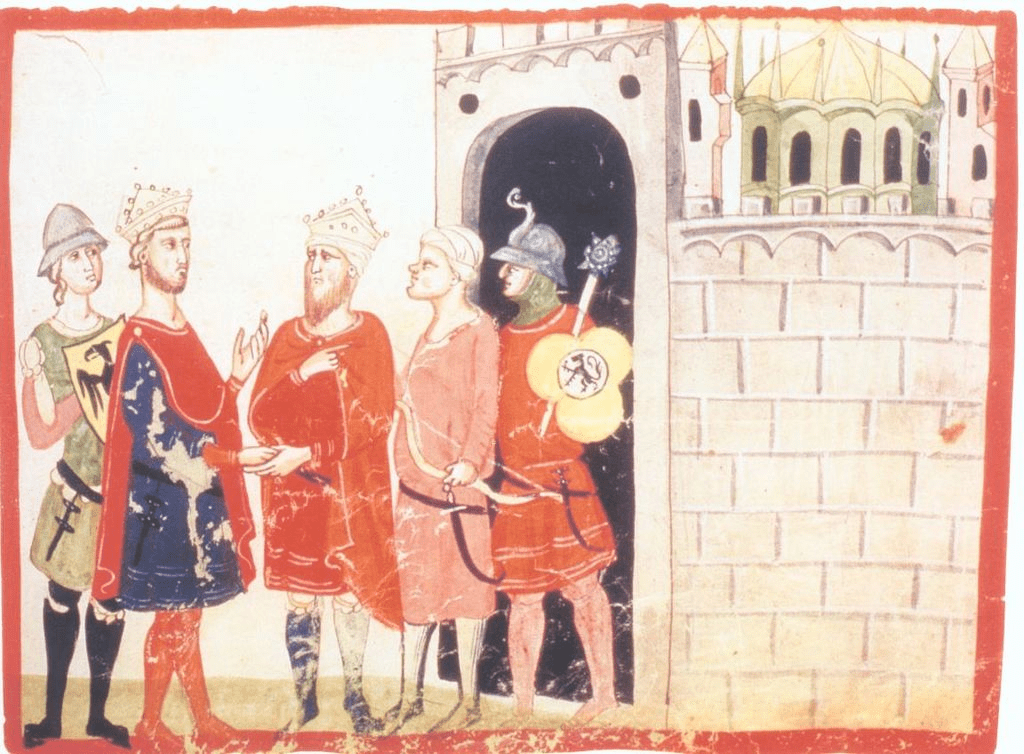
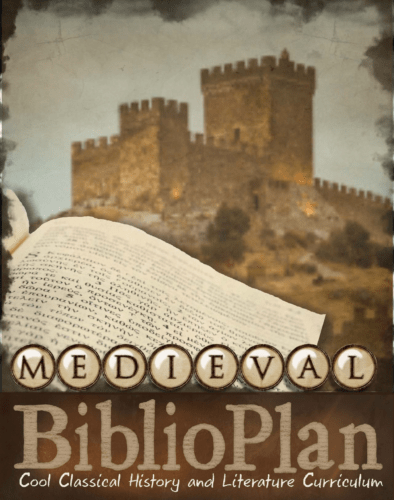 BP Year Two covers World and Church History from the Fall of Rome through the Renaissance. Chronologically speaking, it starts with the demise of the last Western Roman Emperor in AD 476, and ends around 1600.
BP Year Two covers World and Church History from the Fall of Rome through the Renaissance. Chronologically speaking, it starts with the demise of the last Western Roman Emperor in AD 476, and ends around 1600.
On the World History side, Year Two starts with a review of the Roman Empire. The first fifteen weeks focus on Western Europe, with side trips to the Middle East for the rise of Islam and the Holy Land Crusades. Then come several weeks in Asia, with chapters on India, China, Japan, Mongolia and more. After a chapter on medieval Africa, Year Two moves on to the Age of Exploration, Christopher Columbus and the conquistadors. Then come three weeks on the Protestant Reformation, the Renaissance in Art and the Renaissance in Science. We end the year back in Western Europe, where we spend four weeks with King Henry VIII of England and his three children: Edward VI, Mary I and Elizabeth I.
On the Church History side, Year Two starts with some of the early Christians who were martyred under the Roman Empire. Then come the monastic movement and the early days of the Roman Catholic Church. Controversies and schisms play a big part in Year Two. We cover the Great Schism between East and West, the Western Schism within the Church itself, and several others. We end the year with the biggest schism of all: the one that began with the Protestant Reformation.
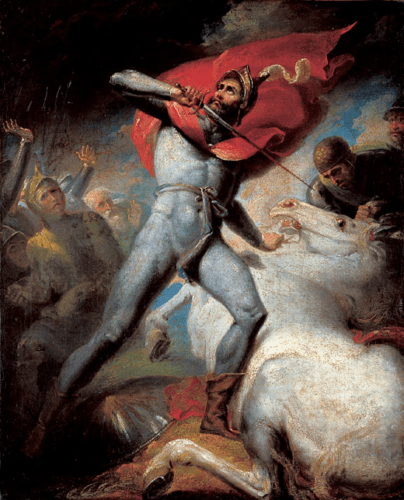 The World History side of BP Year Two starts with a review of the Roman Empire. Before moving on, we back up to show how Roman rule affected two lands where we’ll spend a lot of time: Britain and France. Then we show how the end of Roman rule helped bring dark ages to both lands. We also cover the part of the Roman Empire that didn’t fall: the Eastern Roman Empire, which historians took to calling the Byzantine Empire.
The World History side of BP Year Two starts with a review of the Roman Empire. Before moving on, we back up to show how Roman rule affected two lands where we’ll spend a lot of time: Britain and France. Then we show how the end of Roman rule helped bring dark ages to both lands. We also cover the part of the Roman Empire that didn’t fall: the Eastern Roman Empire, which historians took to calling the Byzantine Empire.
Week 5 tells of the rise of Islam, which started at Mecca, Arabia in 622. Arabia and North Africa already belonged to the Muslims in 714, when they went after Europe too. They might have conquered all of Christian Europe, if not for the toughest soldier in France: Majordomo Charles Martel, grandfather to Emperor Charlemagne.
Week 8 brings the Viking invasions of Northern Europe, which lead to the Norman Conquest of England in Week 9. We spend the next several weeks in England and France, covering everything from the Magna Carta to the Hundred Year’s War, the Black Death epidemic, Joan of Arc and the Wars of the Roses. Mixed in are side trips to the Middle East, where we cover the Holy Land Crusades.
Week 16 takes us to Asia, where we cover the empires of medieval India. Then come weeks on China, Japan, the Mongol Empire, the Ottoman Empire, West Africa, and America before Columbus. Week 23 tells how the Spaniards took back the part of Western Europe the Muslims seized in the early 700s. The Spanish Reconquista ended in 1492, the same year Christopher Columbus went looking for a new way to the Far East.
The next few weeks tell of three great happenings that overlapped one another: the Renaissance, the Age of Discovery and the Protestant Reformation. All three depended on a world-changing invention from the mid-1400s: the movable-type printing press. Without a bounty of books, the ideas of the Renaissance never could have spread so far, so fast. Without books, Columbus might never have thought of sailing west to reach the Far East—which means that he might never have happened upon the West Indies. And without books, the world might never have heard from the German monk who started the Protestant Reformation in 1517: Martin Luther.
The last four weeks of Year Two take us back to England. We cover the whole House of Tudor, from King Henry VII to Henry VIII, Edward VI, Mary I and Elizabeth I. The year ends with Queen Elizabeth taking on the Spanish Armada—and winning, with help from a ship-wrecking “Protestant Wind.”
World History topics covered in Year Two include:
- Roman Britain and Gaul
- The legend of King Arthur
- The epic of Beowulf
- The prophet Muhammad and the Hegira
- The Muslim invasion of Spain and Charles Martel’s victory over them at the Battle of Tours
- Norse myths about Odin, Thor and other Asgardians
- The Raid on Lindisfarne and other Viking Raids
- The Norman Conquest and the Battle of Hastings
- The Wreck of the White Ship
- The beginnings of the Holy Roman Empire and the Russian Empire
- King John of England and the Magna Carta
- The Hundred Years’ War and the Black Death
- The Wars of the Roses between the houses of York and Lancaster
- Dynasties of India and China
- Shoguns of Japan
- The Mongol Empire
- The Ottoman Empire
- Medieval empires of West Africa
- Henry the Navigator and the Portuguese Empire
- Ferdinand, Isabella and Christopher Columbus
- King Charles I of Spain and the rise of the Spanish Empire
- The Printing Revolution
- The Renaissance in Florence
- The Renaissance in Art
- The Renaissance in Science
- The six wives of Henry VIII
- The five-year reign of Bloody Mary
- The Elizabethan Era
- The attack of Spanish Armada
- and many more!
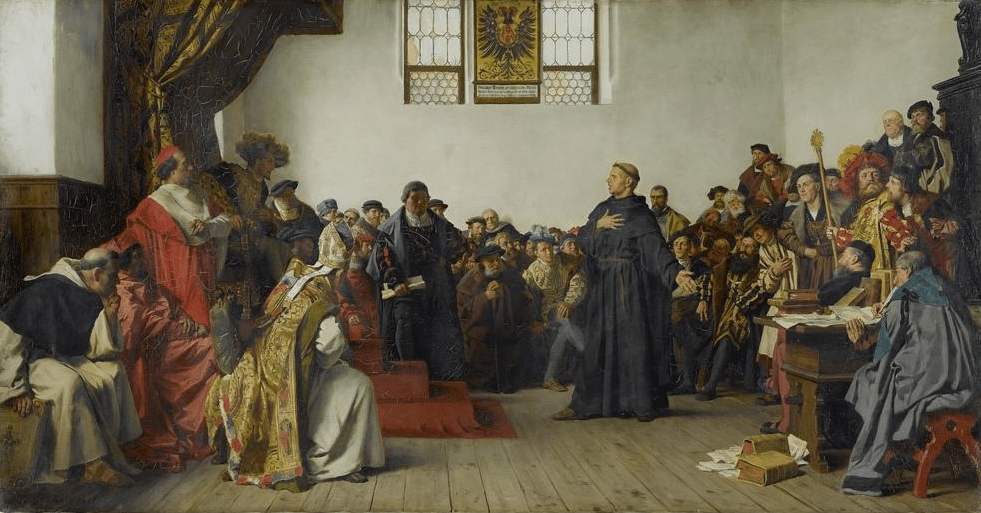 Year Two is an important one for understanding Church History. It starts with some of the early Christians who were martyred by the Roman Empire. Those tortured Christians would have been stunned to learn what was coming: how the first Christian emperor, Constantine the Great, would take the Roman Catholic Church from powerless to powerful. Now instead of hiding in the shadows, Christians rubbed elbows with the emperor himself!
Year Two is an important one for understanding Church History. It starts with some of the early Christians who were martyred by the Roman Empire. Those tortured Christians would have been stunned to learn what was coming: how the first Christian emperor, Constantine the Great, would take the Roman Catholic Church from powerless to powerful. Now instead of hiding in the shadows, Christians rubbed elbows with the emperor himself!
The Church used its power in different ways over the centuries. One way was to condemn heretics like Arius, who taught that Christ the Son was lower than God the Father; and Pelagius, who disagreed with the idea of original sin.
The Church also used its power in darker ways, like controlling kings by choosing their bishops and regulating their marriages. Perhaps the darkest way was to launch the Holy Land Crusades—which started as a defense of the Byzantine Empire, but often turned to greedier goals.
The more the Church abused its power, the more Christians distrusted it. By the early 1500s, their distrust was great enough to start the biggest split in Church History: the Protestant Reformation. The split between Protestant and Catholic tore country after country apart, from the Netherlands to Scotland, England and especially the Holy Roman Empire. Year Two students watch it all unfold from week 27 on.
Church History topics covered in Year Two include:
- Monks, nuns and monasticism
- The lives and ministries of church fathers like Anthony of Thebes, Athanasius of Alexandria, Augustine of Hippo and Ambrose of Milan
- The Council of Nicaea, the Council of Chalcedon and other ecumenical councils
- The Nicene Creed and the addition of the filioque
- The Great Schism between the churches of Rome and Constantinople
- The nine Holy Land Crusades
- “The Divine Comedy” by Dante
- The Avignon Papacy and the Western Schism
- The Spanish Inquisition
- Pre-Reformation figures like Peter Waldo, John Wycliffe and Jan Hus
- The Protestant Reformation and the Radical Reformation
- Key Reformation figures like Luther, Erasmus, Zwingli, Calvin and Knox
- The English Reformation and King Henry VIII
- The Catholic Reformation and the Counter-Reformation
- and many more!
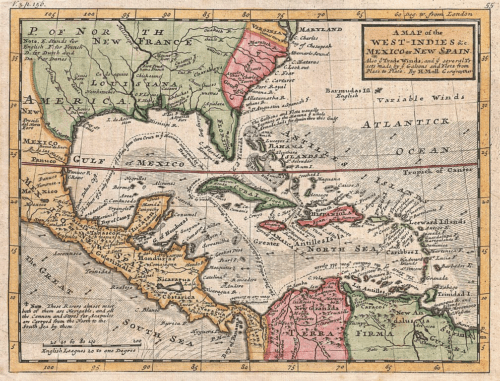 The history lessons in BP Year Two start with the geography students need to understand those lessons. Since Year Two tells stories from around the globe, its geography spans the globe too. For example, our lessons on the Vikings start with the Vikings’ homeland around the Baltic Sea; and our lessons on Christopher Columbus start with the West Indies, where Columbus landed by mistake in 1492.
The history lessons in BP Year Two start with the geography students need to understand those lessons. Since Year Two tells stories from around the globe, its geography spans the globe too. For example, our lessons on the Vikings start with the Vikings’ homeland around the Baltic Sea; and our lessons on Christopher Columbus start with the West Indies, where Columbus landed by mistake in 1492.
Geography topics covered in Year Two include:
- The British Isles and the English Channel
- Constantinople and the Byzantine Empire
- The Arabian and Sinai Peninsulas
- Mountains and Rivers of France
- Scandinavia and the Baltic Sea
- India and the Himalayas
- China and the Tibetan Plateau
- Japan and Mount Fuji
- Regions of Africa
- The Valley of Mexico, the Yucatan Peninsula and the West Indies
- and many more!
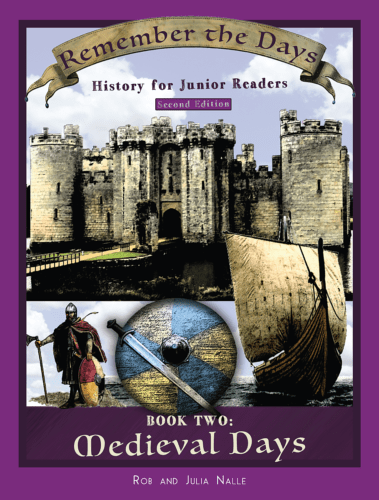 BP Year Two is divided into six units:
BP Year Two is divided into six units:
- Unit 1: Early Christianity and the Rise of Islam (7 weeks)
- Unit 2: Europe and the Crusades (8 weeks)
- Unit 3: Asia (5 weeks)
- Unit 4: New Worlds Explored (5 weeks)
- Unit 5: Renaissance and Reformation (5 weeks)
- Unit 6: The Elizabethan Era (4 weeks)
Total: 34 weeks
All BP materials have 34 chapters for a 34-week school year. If you follow a typical 36-week school year, then that leaves two extra weeks for field trips, parties and so on.
